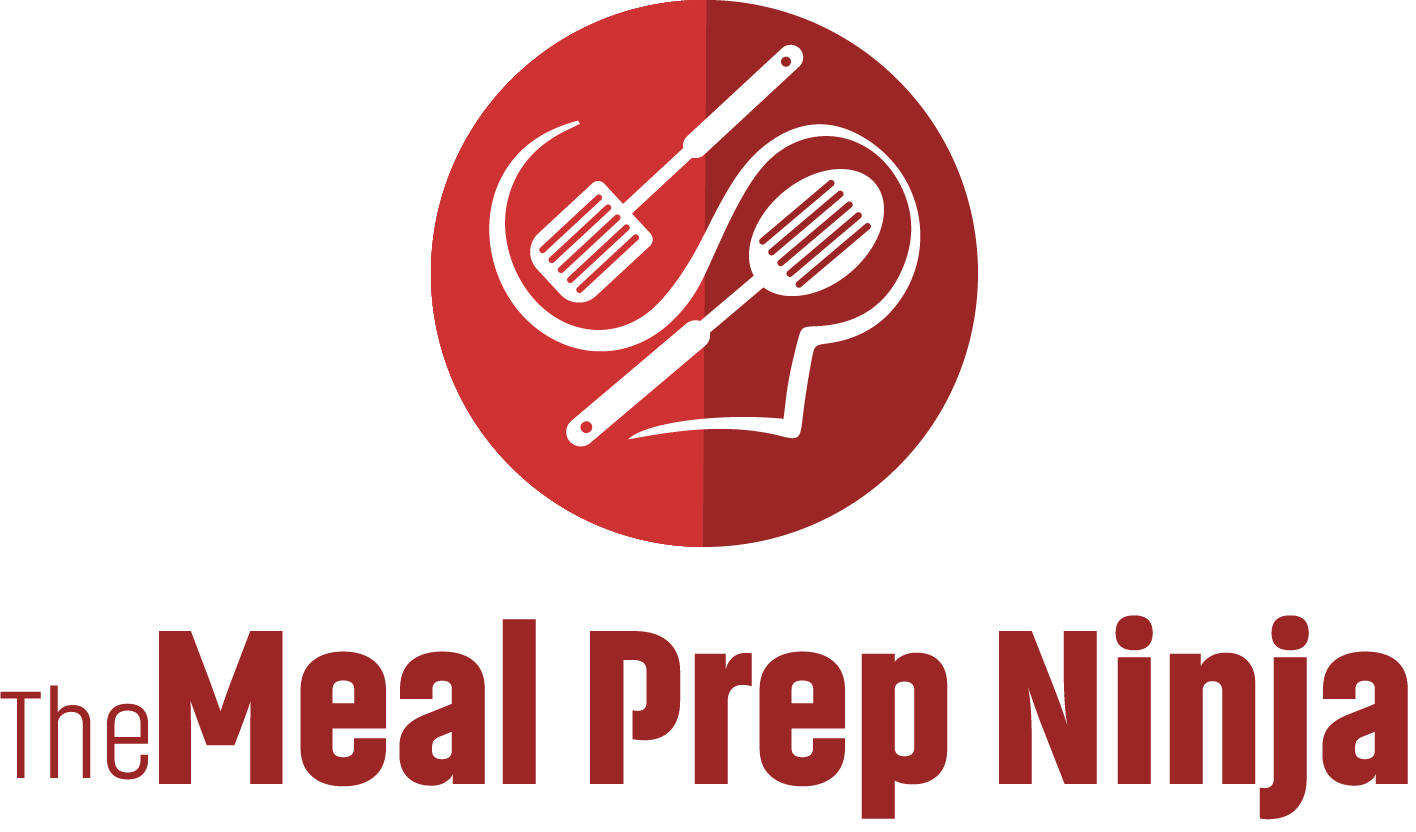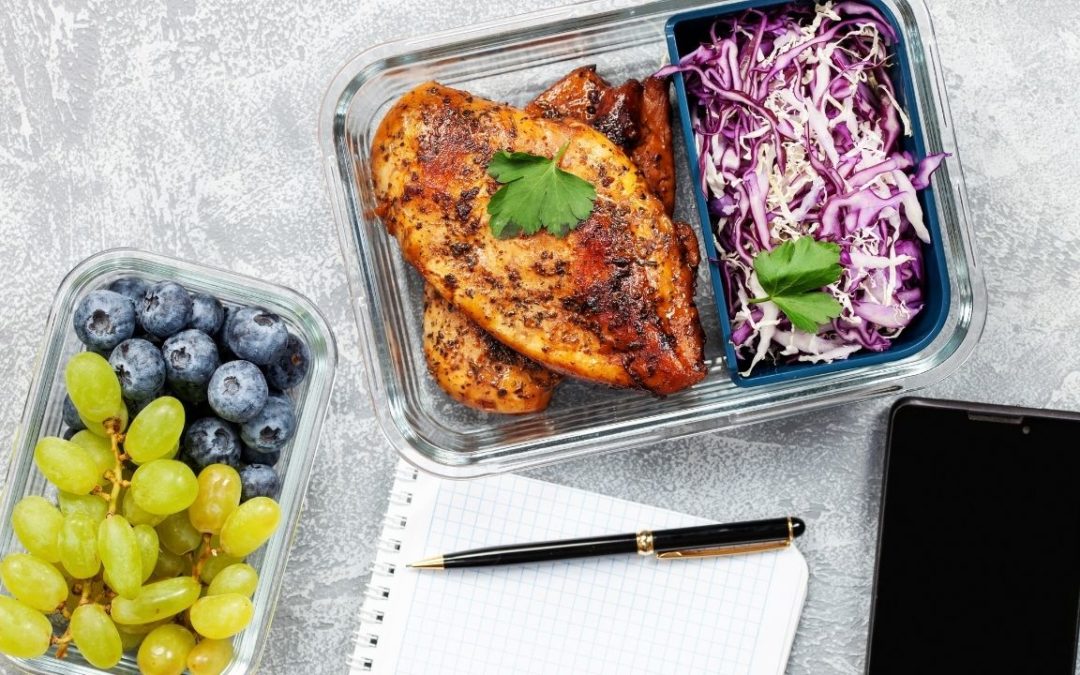Last Updated on September 4, 2022 by TheMealPrepNinja
Meal planning for beginners
How to meal plan, if you’re like most people, you probably don’t have a lot of time to spend in the kitchen. That’s why meal planning is a great way to make sure you’re eating healthy, well-rounded meals without having to spend hours in the kitchen. Meal planning for beginners can seem daunting, but it’s really quite simple. Just follow these 10 steps and you’ll be on your way to successful meal planning in no time!
How to meal plan
Creating a meal plan is the key to successful eating. Follow these simple steps and you’ll be on your way to eating healthy, balanced meals without spending hours in the kitchen!
1. Decide what you want to eat. This may seem like a no-brainer, but it’s important to take some time to think about what you would enjoy eating for the week. Try not to get too caught up in planning every single meal and snack, but rather have a general idea of what types of foods you’d like to include.
2. Choose your recipes. Once you have an idea of the foods you’d like to eat, start looking for recipes that fit that description. There are tons of great recipes out there, so don’t be afraid to get creative!
3. Make a grocery list. Once you have your recipes, list the ingredients you’ll need for each one. This will help keep you organized and prevent unnecessary store trips.
4. Shop smart. When shopping for groceries, try to buy seasonal produce and look for sale items. Planning your meals around what’s on sale can help save you money in the long run.
5. Keep it simple. When cooking, try to use simple recipes that don’t require a lot of fuss or specialty ingredients. This will help ease stress in the kitchen and allow you more time to enjoy your meal.
6. Cook ahead when possible. If you know you’re going to be short on time during the week, try cooking some meals ahead of time. This can be as simple as prepping a few components of a dish on Sunday night so all you have left to do is throw it all together later in the week.
7. Use leftovers wisely. If you have leftovers from one meal, try incorporating them into another dish later in the week. This can help cut down on cooking time and save you some money too!
8. Be mindful of portion sizes. It’s important to remember that not all foods are created equal when it comes to calories and nutrients. When planning your meals, be sure to keep portion sizes in mind so you don’t overeat or consume too many unhealthy calories.
9. Drink plenty of water. Often times people forget about hydration when planning their diets, but it’s just as important as what we eat! Make sure to drink plenty of water throughout the day and avoid sugary drinks whenever possible.
10 Enjoy your food! Eating healthy doesn’t have to be boring or restrictive – embrace new recipes and flavors and enjoy your meals guilt-free!
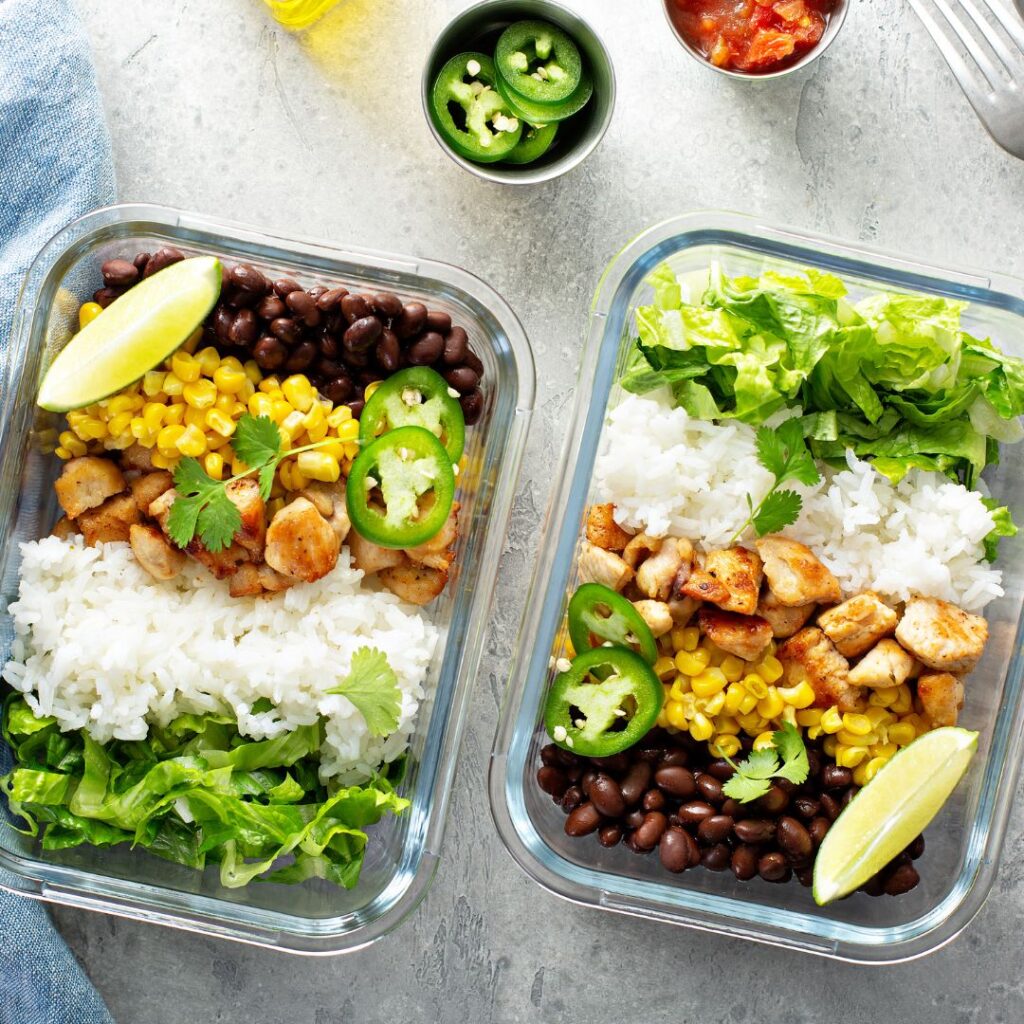
How do I create a meal plan?
Before you can create a meal plan, you need to know what types of foods you want to include in your diet. Sit down and make a list of meals that you enjoy eating. Once you have a list of meals, you can start creating your weekly meal plan.
To create a meal plan, you’ll need to decide how many meals you want to eat each day and what type of food each meal will include. Here’s an example of how to create a weekly meal plan:
Monday:
Breakfast: Oatmeal with fresh fruit
Lunch: Turkey sandwich with a side salad
Dinner: Spaghetti and Meatballs
Tuesday:
Breakfast: Smoothie
Lunch: Leftovers from dinner the night before
Dinner: Grilled chicken breasts with roasted potatoes and steamed broccoli
Wednesday:
Breakfast: Toast with peanut butter
Lunch: Ham and cheese sandwich
Dinner: Taco salad
Thursday:
Breakfast: Scrambled eggs
Lunch: Hummus and veggie wrap
Dinner: Roasted salmon with roasted Brussels sprouts and brown rice pilaf Friday Breakfast: Yogurt and granola Lunch: Salad with grilled chicken Dinner: Pizza Saturday Breakfast: Omelet Lunch: Hot dog Dinner: Chinese take-out Sunday Breakfast: Pancakes Lunch: Sandwich.
Where do I start with meal planning?
Where do I start with meal planning? The best way to get started is to create a list of your family’s favorite meals. From there, you can begin to build out a weekly meal plan by choosing a few different meals each day.
Another great way to get started with meal planning is to check out some of the great recipes online or in cookbooks. There are plenty of resources available that can help you get started with meal planning, so don’t be afraid to ask for help.
The most important thing to remember when starting out with meal planning is to be flexible. Plans always change, so don’t be discouraged if something comes up and you have to switch up your plans. The goal is to have a general plan in place so that you’re not scrambling at the last minute trying to figure out what to make for dinner.
What is the first step in the meal planning process?
The first step in the meal planning process is to figure out what you want to eat. This may seem like a simple task, but it can actually be difficult to come up with ideas for meals that fit your taste and your budget. Start by making a list of all the meals you and your family enjoy, and then add some new recipes to the mix. If you’re not sure where to start, there are plenty of online recipe databases and cookbooks available.

Keep it simple
The best way to keep meal planning simply is to plan for five days of meals at a time. Choose a variety of simple recipes that you can easily make and that will fit into your budget. When you have a plan in place, you’re more likely to stick with it and less likely to order take-out or eat unhealthy snacks.
Another way to keep things simple is to grocery stores once a week. Make a list of the ingredients you need for your planned meals and stick to it. This will help you stay within your budget and avoid buying unnecessary items. No food waste.
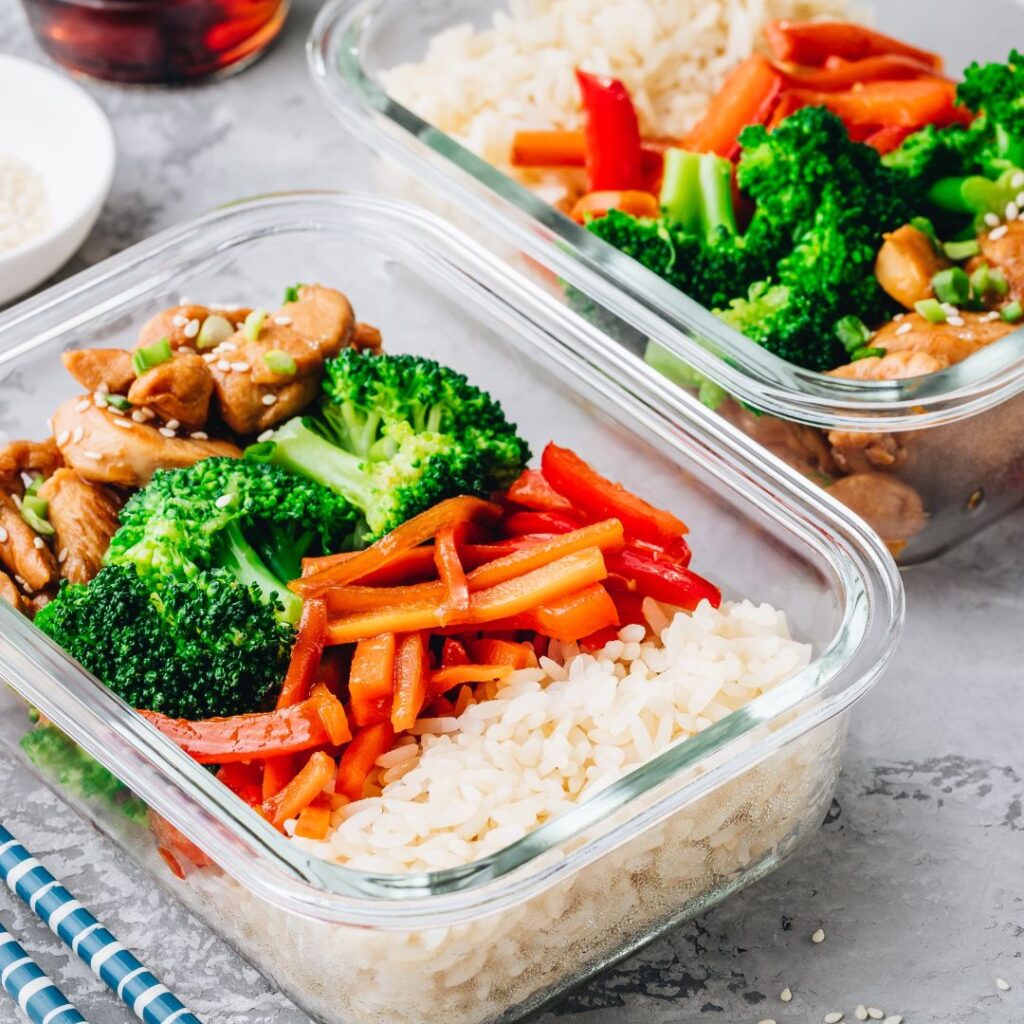
Meal planning 101 – How to make a meal plan that works for YOU
1. Start by figuring out what you like to eat.
Think about your favorite foods and the types of meals you enjoy. This will help you create a meal plan that’s easy to follow and includes dishes you’ll love.
2. Plan ahead.
When you know what you’re going to cook, it’s easier to stay on track. Make a list of all the ingredients you’ll need for each dish and shop for them ahead of time. This way, you won’t be tempted to order takeout or eat out when you don’t have anything planned.
3. Cook in bulk.
Cooking in bulk can save you time and money. Instead of cooking one dish at a time, cook several dishes at once and then store them in the fridge or freezer. This way, you’ll have quick and easy meals ready to go when you need them.
4. Use leftovers wisely.
If you have leftovers from one meal, use them to create a new meal the next day. For example, if you have leftover cooked chicken, use it to make a chicken salad for lunch the next day. This is a great way to reduce waste and save time in the kitchen. You can also include canned beans.
5. Get organized.
A well-organized kitchen is key for successful meal planning. Make sure you have enough storage containers to hold all your leftovers and designated spots for everything in your pantry and fridge. This will help keep your kitchen organized and make it easier to find what you need when cooking meals.
6. Use healthy recipes.
If you’re looking for healthy recipes, there are plenty of websites and cookbooks out there with delicious options that fit into a healthy diet plan. Experiment with different recipes until you find ones that become regular staples in your diet plan. You may also want to create your own recipes by mixing and matching different healthy ingredients together.
Meal Planning Journal
A Meal Planner Journal will help you stay organized.

Create a shopping list
When creating your shopping list, you’ll want to make sure to include all of the ingredients for your planned meals. This will help you stay organized and avoid buying duplicate items.
You may also want to consider creating a separate grocery list for perishables, such as produce and meat, and non-perishables, such as canned goods and baking ingredients. This will help you stay on track when grocery shopping.
How to plan grocery shopping for a week
Planning your grocery list for the week can seem daunting, but it doesn’t have to be. Here are 10 easy steps to help you get started:
1. Determine what meals you will be cooking during the week. This can include both dinners and lunches.
2. Decide what ingredients you will need for each meal.
3. Write down the ingredients on a piece of paper or in a spreadsheet.
4. Sort the ingredients by category (e.g., produce, meat, dairy, etc.).
5. Make a list of the specific items that you will need for each meal.
6. Go online or to the store and purchase the ingredients.
7. Prep your meals ahead of time (e.g., cook chicken breasts, chop vegetables, etc.).
8. Store your ingredients in an organized manner in your pantry or fridge.
9. Enjoy your home-cooked meals throughout the week!
10. Repeat steps 1-9 each week to create a new grocery list.
Here is a link to a FREE printable Grocery List templates.
How can I create a customized meal plan that works for you?
If you’re looking to create a customized meal plan, there are a few things you should take into account. The first is your lifestyle. If you’re always on the go, you’ll need a plan that includes quick and easy meals. If you have a busy work schedule, you’ll need meals that can be prepared in advance or cooked quickly.
The next thing to consider is your dietary restrictions and preferences. If you don’t eat meat, for example, your meal prep will need to include plenty of vegetarian options. And if you have a sweet tooth, you’ll need meals that include dessert. Finally, think about your budget. You don’t want to spend too much on groceries each month, so make sure your meal plan fits within your budget. Look for nourishing meals and healthy eating.
Make friends with your freezer
One of the best tips for meal planning beginners is to make friends with your freezer. When you’re first starting out, it can be helpful to stock up on meals that you can freeze and reheat later on. This way, you won’t have to worry about cooking every night, and you’ll have a variety of quick and easy options at your disposal. Some of our favorite freezer-friendly meals include soups, stews, casseroles, and pasta dishes.
Find ready-to-eat meals
There are a few reasons why ready-made recipes are important when it comes to meal planning for beginners. For one, they can help you get an idea of what you’re aiming for in terms of flavors and overall dish composition. Additionally, they can save you time in the kitchen since you won’t have to spend as long measuring and preparing ingredients. Finally, using ready-made recipes can be a great way to learn about new dishes and cooking techniques. Batch cooking helps you prevent food waste and trips to the grocery store.
What should a meal plan include?
When creating a meal plan, it is important to consider what foods will provide the nutrients your body needs. A well-rounded meal plan should include plenty of fruits and vegetables, lean protein, whole grains, and healthy fats. It is also important to have variety in your diet, so you don’t get bored with your food.
How do I Create weekly meal plans and stick to them?
One of the best ways to ensure that you will have success with meal planning is to create weekly meal plans and stick to them. This means that you will need to sit down on Sunday and create a plan for the week ahead. You will want to include all of your meals and snacks, as well as any groceries that you will need to purchase.
Once you have created your plan, it is important to stick to it. This may require some preparation and organization, but it is well worth it in the end. If you find that you are struggling to stick to your plan, try incorporating some of the following tips:
-Prepare meals in advance whenever possible
-Pack snacks and lunch for work or school
-Avoid eating out at restaurants
-Buy groceries that are versatile and can be used in multiple dishes
What are the 7 principles in planning meals?
1. Plan ahead: Look at the week’s schedule and plan meals accordingly. This will help you save time and money.
2. Be creative: Experiment with new recipes or adapt old favorites.
3. Make a grocery list: Write down what you need before you go to the store so you don’t buy unnecessary items.
4. Shop smart: Compare prices and choose the best deals.
5. Cook once, eat twice: Cook larger batches of food and freeze leftovers for later meals.
6. Balance your plate: Make sure each meal includes a protein, grain, vegetable, and fruit or dairy product.
7. Stay flexible: Don’t be afraid to make changes to your plan if something comes up last minute.
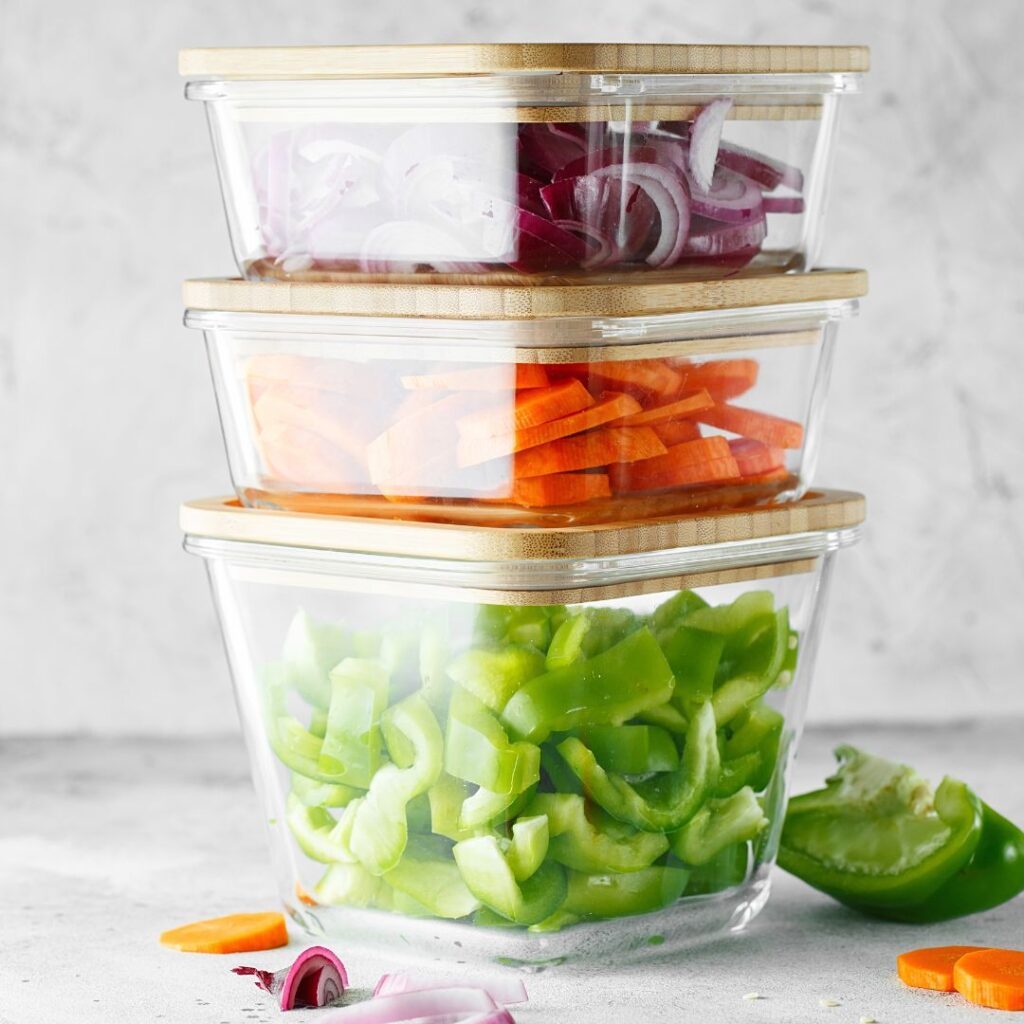
How do I make a healthy weekly meal plan?
One of the best ways to make a healthy weekly meal plan is to start by looking at what you have on hand. Take inventory of what you have in your fridge, pantry, and freezer, and then start thinking about what meals you can make with those ingredients. You can also find recipes online or in cookbooks that fit with your ingredients.
How to plan meals for a week on a budget
If you’re looking to save money on your food budget, meal planning is a great way to do it. Planning your meals for the week ahead can help you avoid wasting food and money on expensive last-minute purchases. You can also budget for family members.
Here are 10 steps for creating a successful meal plan on a budget:
1. Decide how many meals you need to plan for. If you’re cooking for one, you may only need to plan for three or four days worth of meals. If you’re cooking for a family, you may need to plan for seven or more days.
2. Create a final grocery list based on the meals you plan to make. Make sure to include all the ingredients you’ll need, as well as any pantry staples you might need like oil, salt, and spices.
3. Shop for groceries using your list. Try to stick to your budget by buying generic brands when possible and avoiding expensive convenience items like pre-packaged salads or frozen dinners.
4. Plan ahead by cooking larger meals that can be eaten over multiple days. This can help cut down on cooking time and save money on groceries.
5. Get creative with leftovers. If you have leftovers from one meal, see if there are any other recipes you can make with them so they don’t go to waste.
6. Avoid eating out or ordering food. Eating out can be expensive and often isn’t as healthy as cooking at home.
7. Use online resources like recipe websites or meal planning apps to find new ideas for meals that fit within your budget.
8. Experiment with different cuisines and types of cuisine. Trying new recipes can be a fun and affordable way to add variety to your weekly menus.
9. Prep ingredients ahead of time when possible. This can help cut down on cooking time during the weeknight rush hour. Make sure to use fresh produce.
10. Give yourself some flexibility in your meal plan so that you can adapt if something unexpected comes up or if you get bored with certain dishes.”
Can you meal prep for 7 days?
Yes, you can definitely meal prep for 7 days. Just follow these simple steps:
1) Choose 7 recipes that you want to make.
2) Make a grocery list of the ingredients you need for those recipes. Create a grocery budget.
3) Buy the ingredients and cook the recipes. Create healthy meals.
4) Store the leftovers in the fridge or freezer so that there is no wasted food.
If you are looking to create a custom meal plan, check out my blog post on 40/30/30 Meal Plan.
Is there a free app for meal planning?
If you’re looking for a comprehensive guide to meal planning, myfitnessPal is a great app to check out. It has tons of features that can help you plan your meals, track your calories and nutrition, and even find recipes.
Here are some of the things you can do with myfitnessPal:
Create a custom food diary.
Find healthy recipes.
Track your calorie intake.
Monitor your nutrients and macronutrients.
Set weight loss or gain goals.
Conclusion
Meal planning for beginners can seem overwhelming, but with a little organization and planning, it can be a breeze. Following these 10 steps will help you create a plan that works for you and your family. Meal planning can save you money, help you stay on track with your diet goals, and make dinner time a breeze. So give it a try and see how meal planning can benefit you!
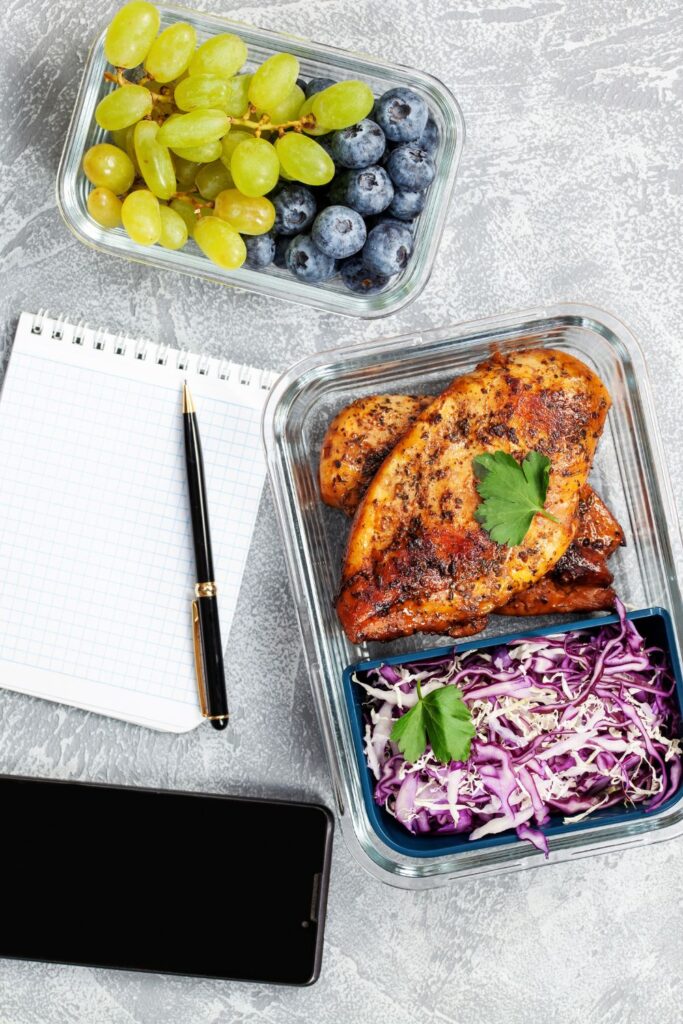
*Disclaimer* this blog post was written with the help of Jasper A.i
If you would like to give Jasper a try, click on the link to get 10,000 FREE words to try it out.

Jim Lopez, the founder and editor of The Meal Prep Ninja, shares his journey from a passionate bodybuilder and fitness enthusiast to a certified nutrition coach. Certified by Precision Nutrition, Jim aims to empower others with knowledge on meal prep and nutrition, offering resources for busy individuals to enjoy low-calorie, tasty foods. His blog is a community for sharing healthy eating habits and meal prep recipes
